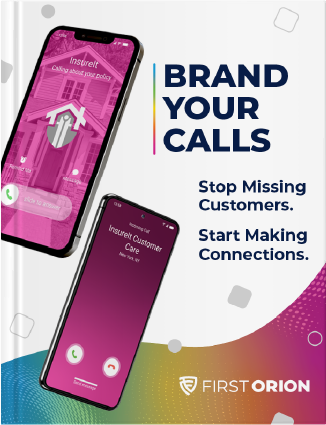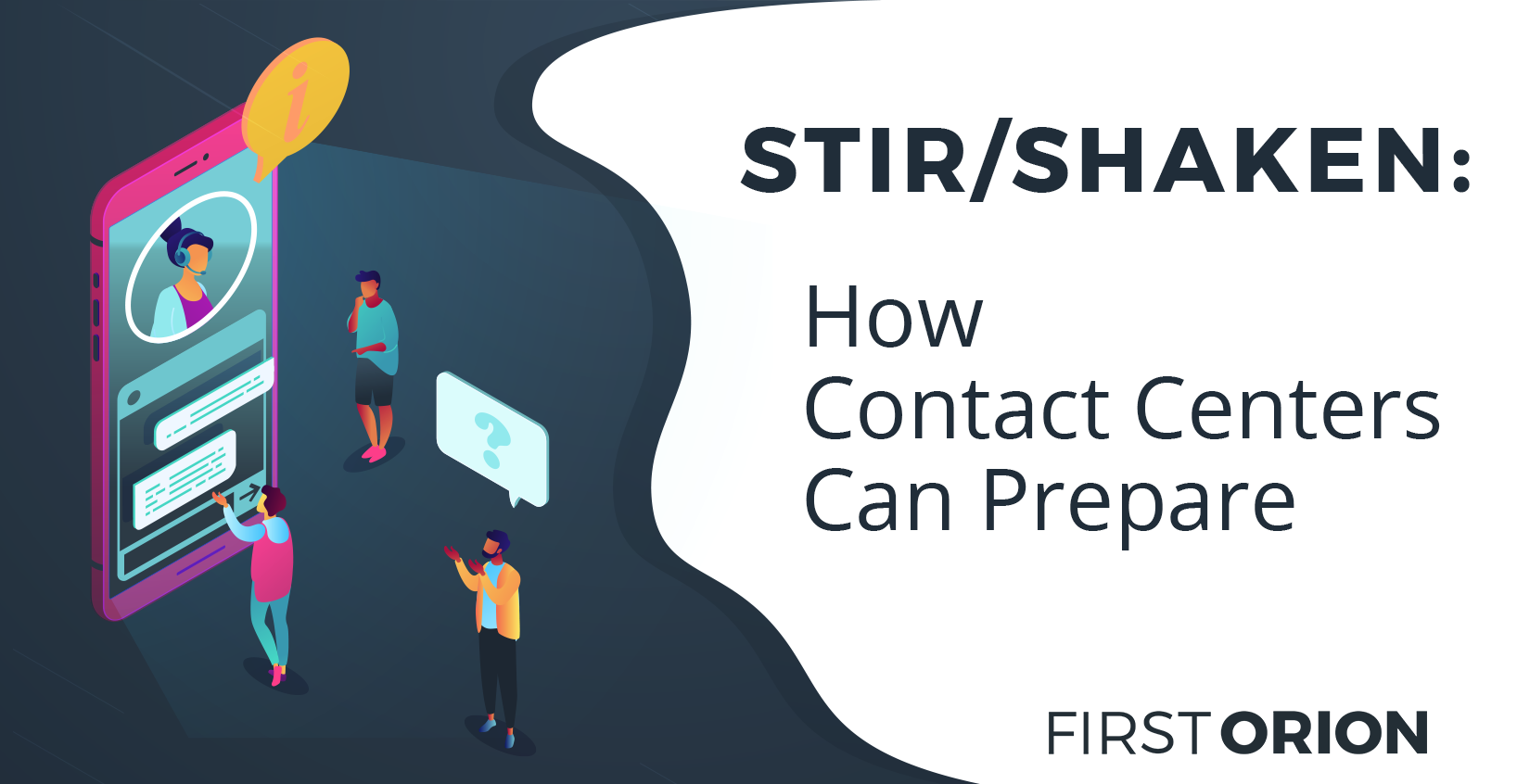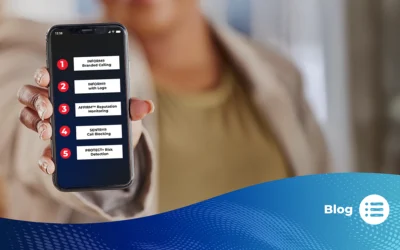Authored by Tracey Cash and Julie Fowler
The clock is ticking, and the STIR/SHAKEN deadline is just weeks away. While the STIR/SHAKEN framework isn’t new to carriers, it’s just as important for contact centers.
As a contact center, one main objective is to have calls successfully reach your client’s customers and not be considered scams. If you have not prepared for the impending STIR/SHAKEN deadline, the new standards could significantly impact business contact rates. Therefore, it’s essential to understand what to expect and the critical parts of STIR/SHAKEN that can affect your outbound calling efforts, such as attestation levels.
With the June 30th deadline rapidly approaching, now is the time to prepare for industry changes.
DO YOU QUALIFY AND PLAN TO OBTAIN AN SPC TOKEN?
Some contact centers can directly control their attestation levels by qualifying and obtaining a Service Provider Code (SPC) token. This means you enter the trusted carrier ecosystem, which includes additional carrier-level obligations. It also includes your ability to sign your own SHAKEN Identity headers with the appropriate attestation level for your customers.
IF YOU DO NOT OBTAIN AN SPC TOKEN?
If you do not obtain an SPC Token and are not considered a service provider in the trusted STIR/SHAKEN ecosystem, you will need to work with an expert. Here’s a list of things to consider and explore as you prepare for upcoming conversations:
- Determine all the Telephone Number Service Providers (TNSP) you purchase numbers from for outbound calling.
- Document how each of your TNSPs will provide you telephone number right of use.
- Identify all your Originating Service Providers (OSP) you send traffic.
- For each of your OSPs, determine how they will handle SIP Identity headers you send them and what action they will take on your behalf – if any – for your calls that do not contain an Identity header.
- For each of your OSPs, determine what telephone number right of use methods they support.
- Register your numbers with analytic providers.
- Select a proven STIR/SHAKEN vendor who can prepare you for FCC compliance and seamlessly provide a secure, digital branded calling experience now and in the future.
Determine all the Telephone Number Service Providers (TNSP) in which you purchase numbers.
You might purchase telephone numbers from more than one TNSP. You might buy numbers directly from your OSP (the carrier responsible for transiting your outbound traffic), but you also might buy your telephone numbers from another carrier or reseller. You should know who the TNSP is for each of your organization’s outbound calling numbers.
Document your TNSP’s method for establishing telephone number right of use.
Once you record who your TNSPs are, you should then find out how each of those TNSPs prefer to communicate your telephone number right of use for STIR/SHAKEN. The methods for conveying telephone number right of use, gaining the most traction and discussion, are Delegate Certificates and central telephone number database. When you know how your TNSP prefers to communicate right of use, you can confirm your OSP also supports that method.
Identify your OSPs & document how your OSPs will handle Identity headers.
Now that you understand how many TNSPs you have and how they establish telephone number right of use, you should find out which telephone number right of use methods your OSPs support. You need to understand if your OSP is prepared to accept other Identity headers, like a rich call data identity header:
- Will your OSP verify and validate the information conveyed in those headers and consider them when creating a SHAKEN Identity header that includes attestation?
- Will your OSP elevate your attestation level to (A) full attestation?
Reminder: When you get full attestation for your calls, your call will be marked as “number verified,” “verified caller,” or some other indicator depending upon the terminating service provider (TSP) and called device.
Knowing how your OSP handles Identity headers gives a better understanding of how they determine attestation levels and puts you in a better position.
Register your numbers with analytics providers.
The major U.S. telecommunication providers who act as OSPs/TSPs use analytics providers to monitor suspicious calling traffic and flag/block scam numbers. Be sure to register your numbers with your service provider’s analytics vendor. Freecallerregistry.com allows you to streamline the registration process with three of the major analytics companies in the U.S. to help ensure your outbound numbers do not get tagged as scams. Depending upon the carrier, this may help your calls achieve a higher attestation level.
Select a proven STIR/SHAKEN vendor who can prepare you and is committed to a secure, digital calling experience.
While there is a looming FCC deadline that impacts contact centers and enterprise calling, that’s just the beginning. To stay prepared for upcoming and future deadlines, make sure to select a proven STIR/SHAKEN vendor with a successfully deployed STIR/SHAKEN solution and one that can deliver an exceptional branded calling experience.
For more information on how First Orion can help with STIR/SHAKEN and Branded Calling, contact us. This blog is part of a series – if you missed the last blog about contact centers and Stir/Shaken, catch up here.




